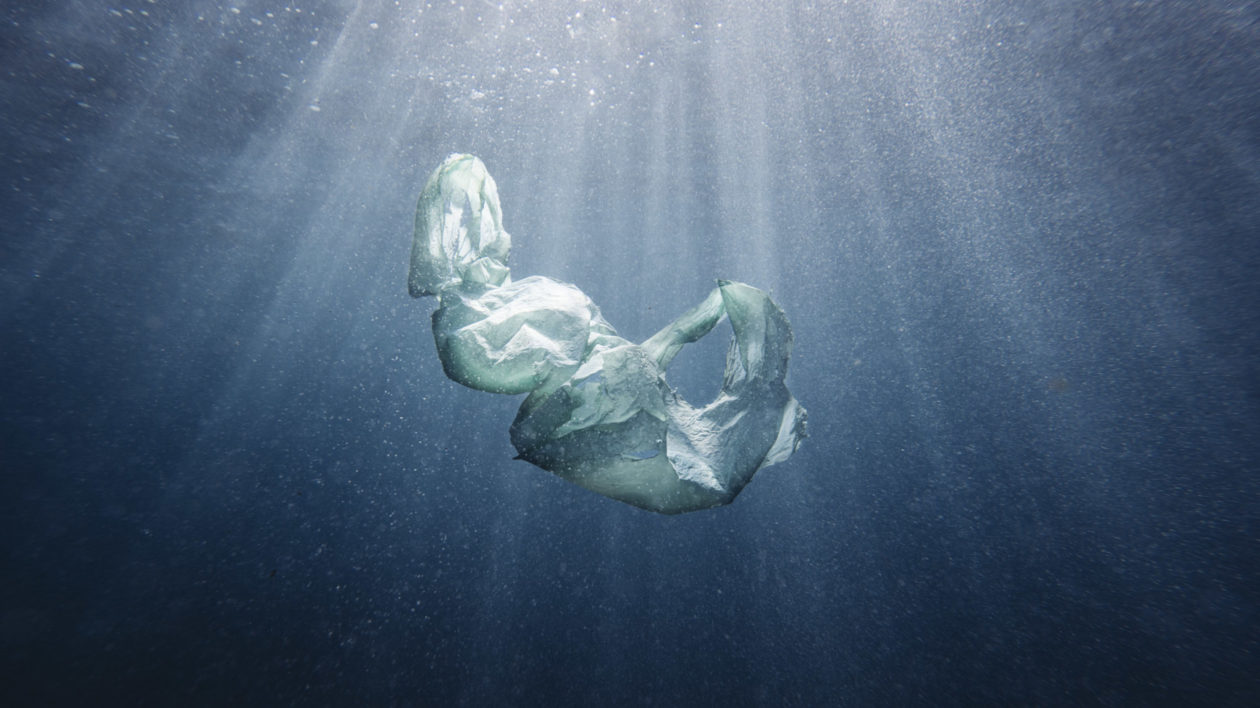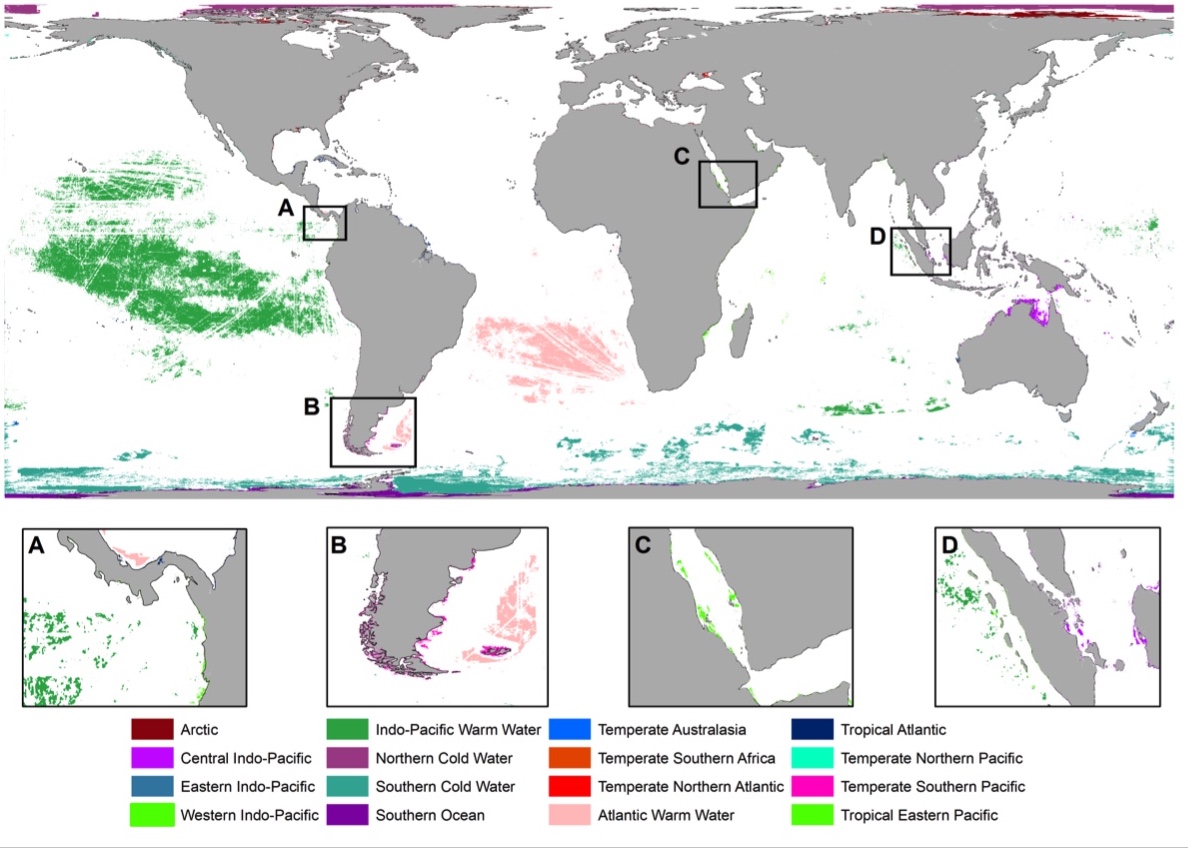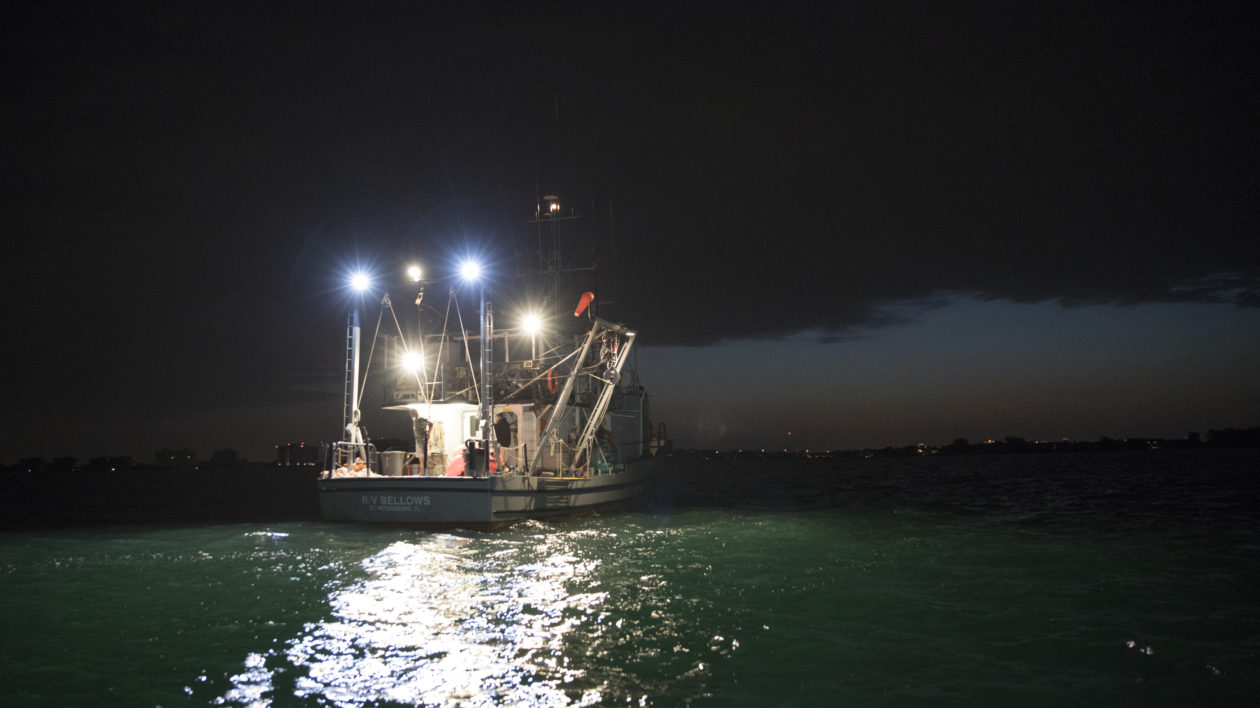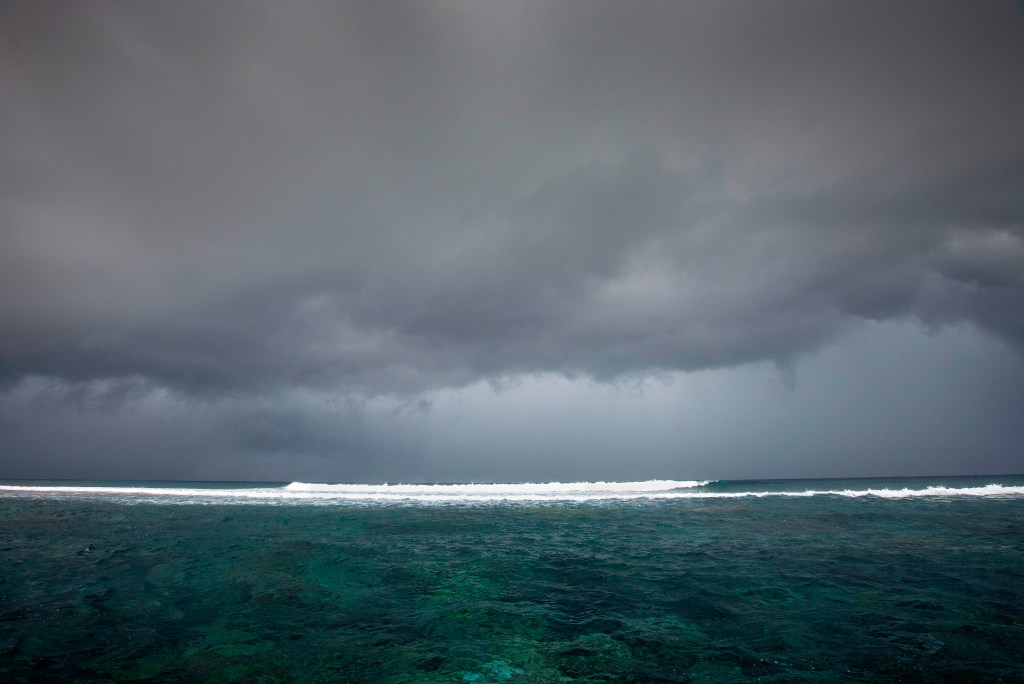The ocean is often portrayed as Earth’s last great frontier… vast, mysterious, and so deep that we still don’t have a comprehensive map of the seafloor. But even the ocean isn’t safe from human impacts.
New science reveals that only 13.2 percent of the ocean remains as wilderness, and much of that wilderness is found in the high seas, where protecting it will prove difficult.
What is Wilderness?
Wilderness is a loaded word, conjuring up images of vast, scenic terrain that is — as the word suggests —wild. Generally, scientists define wilderness as large, biologically and ecologically intact landscapes that are free from human disturbance. Places without cities or other infrastructure, without roads, without agriculture. (In the United States, the term is used as a specific type of land designation where human activity is restricted.)
In the last few years, scientists mapping the extent of terrestrial wilderness documented a decline of about 10 percent since the 1990s. Despite international conservation agreements designed to protect ecosystems, like the Convention on Biological Diversity, terrestrial wilderness areas are still slipping away.
“We realized that a similar story is probably happening in the oceans,” says Kendall Jones, a conservation planning specialist at the Wildlife Conservation Society and lead on the research.
No corresponding map of marine wilderness existed, so Jones and his colleagues set out to map just how much of the ocean is under human influence and how much wilderness remains. They mapped the extent of 19 human stressors — including commercial shipping, fishing, lights, and runoff from land — across the world’s oceans. “We defined wilderness as areas in the bottom 10 percent of impacts for every one of those different stressors,” explains Jones, “so the most pristine places that remain.”
This methodology differs from mapping terrestrial wilderness, which typically defines wilderness as areas with zero human influence. “If you take the same approaching in the ocean, you’d find some human impact occurring everywhere,” says Jones. “We identified the most pristine places that remain.”

Mapping the Last Marine Wilderness
Their results, published recently in Current Biology, show that just 13.2 percent of the ocean, or 54 million square kilometers, remains free from human pressures.
“What’s left is mostly found in the high seas, in waters beyond national jurisdiction, particularly in the southern hemisphere,” says Jones. Most wilderness within Exclusive Economic Zones (EEZs) occurs in the Arctic and Pacific Island nations, although New Zealand, Chile, and Australia all have substantial portions of wilderness within their jurisdiction. And very little wilderness remains for coastal ecosystems, like coral reefs and seagrass meadows, given the proximity to human settlements.
And even in the remote Pacific, with some of the largest portions of remaining wilderness, shipping lanes still cut hatch marks that are visible on a global-scale map.

Jones and his colleagues also analyzed how marine wilderness compared to existing coastal and marine protected areas. They discovered that just 5 percent of remaining marine wilderness, or 2.6 million sq km, falls within protected areas.
By comparison, Jones says that wilderness still covers about 25 percent of Earth’s terrestrial area, largely in inhospitable and hard-to-access places like the Arctic tundra of Canada and Europe. “But with improvements in fishing and shipping technology, most places in the ocean are accessible,” says Jones. “It might take a while, but people can and will get there.”
Why Wilderness Matters
Securing protection for remaining wilderness areas will be challenging, as most marine wilderness lies in the high seas, outside the jurisdiction of individual countries. But Jones says that such protection is critical because of the unique values that these wilderness areas provide.
“Wilderness acts like a window into the past, you can see presumably what most places might have looked like [without human influence], says Jones. “So they provide a baseline of what we should aim for if we need to restore somewhere that has been degraded, or to see if a protected area is been working.”
He notes that New Zealand is currently drafting a high-season conservation treaty, nicknamed the Paris Agreement of the Oceans, under the UN’s Law of the Sea Convention. “That’s one hope for improving management of high seas and trying to stop the wild west free-for-all that’s going on at the moment.”
Without such a treaty, marine wilderness will continue to slip away, one shipping lane or trawler at a time.





Join the Discussion
4 comments